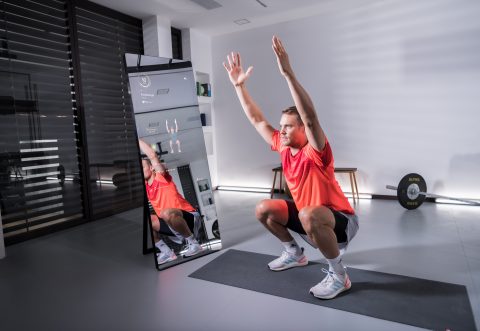The Benefits – What Happens During Fasting?
After about 12 hours, your metabolism starts to change to an “internal” diet. Due to the reduced glucose supply, the insulin level drops and the body is stimulated to break down proteins (proteolysis). At the same time, the formation of new proteins (protein biosynthesis) is reduced, i.e. more proteins are being broken down than formed. This process is also called fasting metabolism. After 72 hours, the body’s glycogen stores are used up, and the body switches its metabolism entirely to burning fat. This is why many fasting cleanses last seven days or even longer. So far, so good. And what is the advantage of this fasting metabolism? Through the calorie deficit, your body activates a mechanism called autophagy. This is a sort of recycling programme of the cells that, to a small degree, continuously takes place throughout our organism. Damaged or defective cell components are broken down and new energy is gained from the process. As a result, fasting supports the health of your cell structures through autophagy, helps you lose weight and frees the body from unwanted deadweight.
Different Methods – Something for Everybody
Nowadays, there are many different fasting methods to choose from, depending on preference, experience and personal constitution. The best-known fasting practices are probably water fasting, interval fasting and juice fasting. Water fasting is one of the most intense methods. After the obligatory “colon cleaning”, the only nutrition consumed for about one week (or more) is water. Intermittent fasting is a diet in which the regular night fasting time is extended, meaning that you only eat during a particular time window (e.g. two main meals between 12 noon and 6 pm). And juice fasting can be placed between these two practices: Approximately 700 kcal are consumed daily in the form of vegetable and fruit juices, although vegetable broth and tea may also be drunk. However, in contrast to intermittent fasting, no solid food is taken in, which relieves the digestive system despite the calorie intake. The advantage of juice fasting is that it is the most “gentle” version of fasting and can be carried out at home without intensive supervision. It can be easily integrated into your everyday life since you’re still consuming “carbs” in the form of juices. That makes this fasting method ideal for beginners yet still suitable for more experienced people as a small reset for in between.






